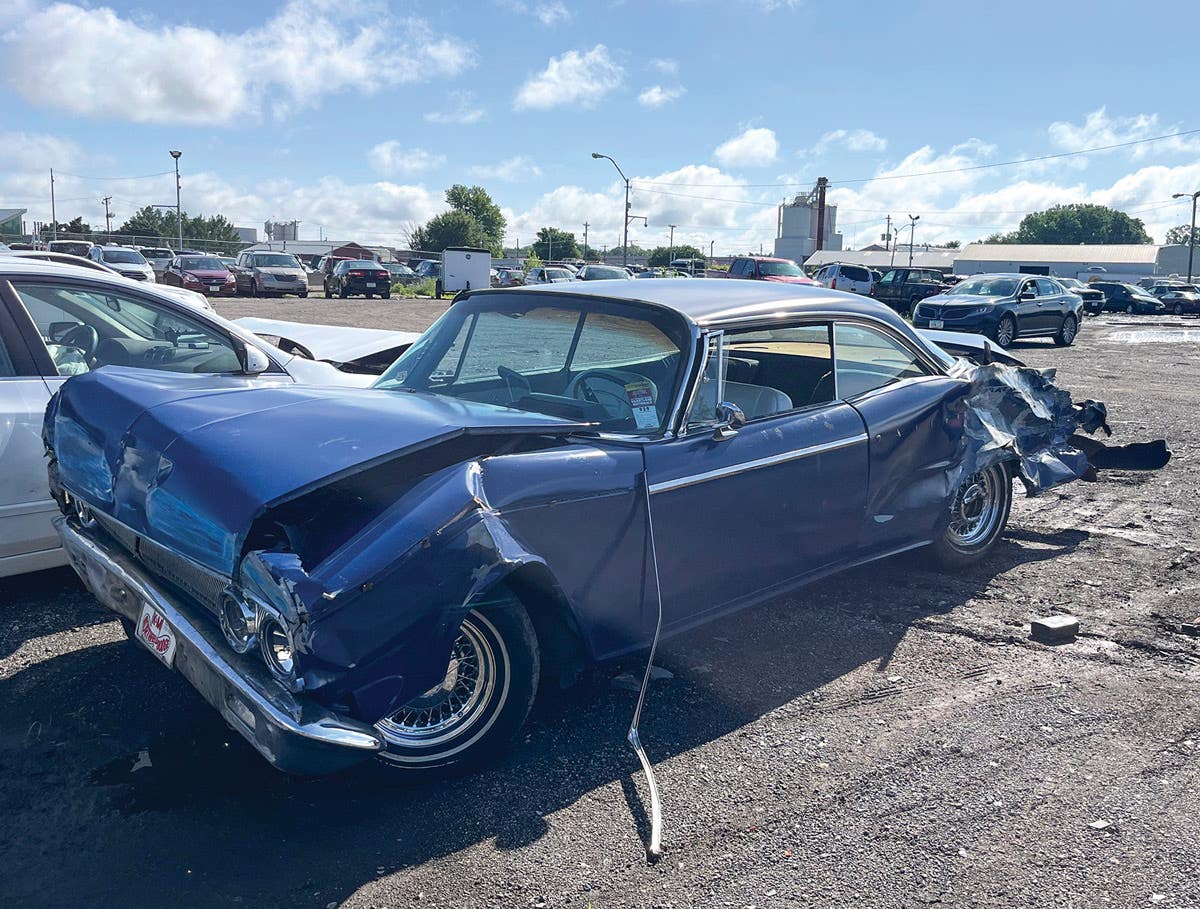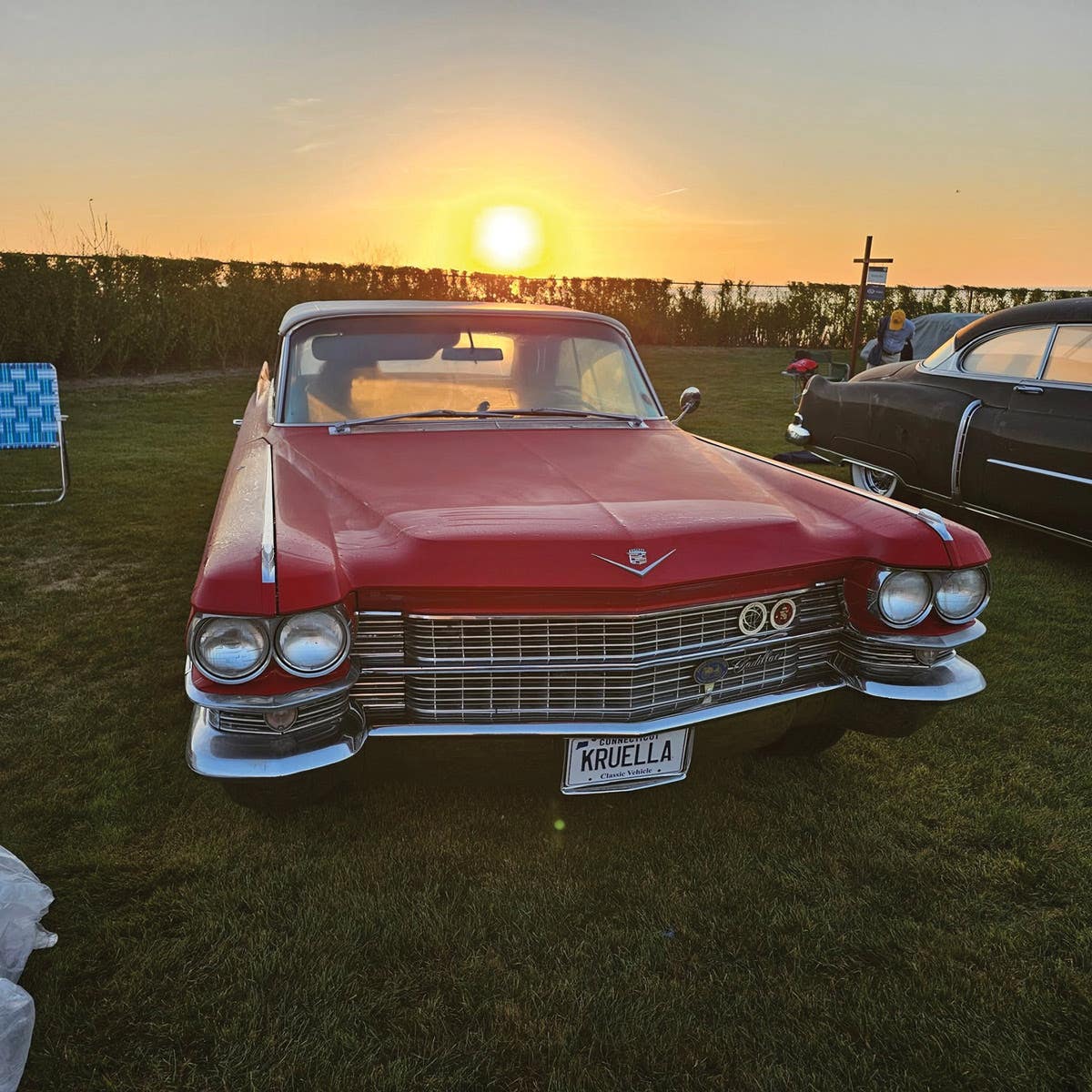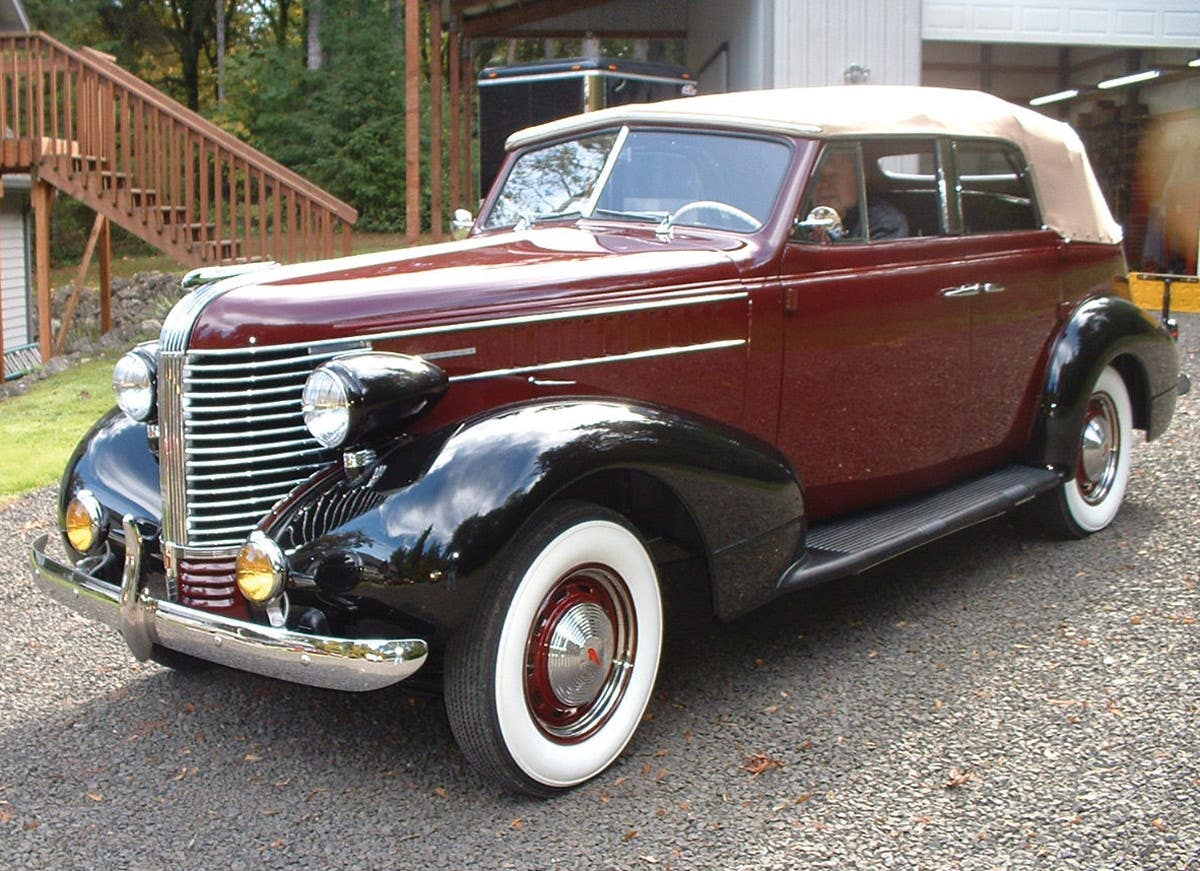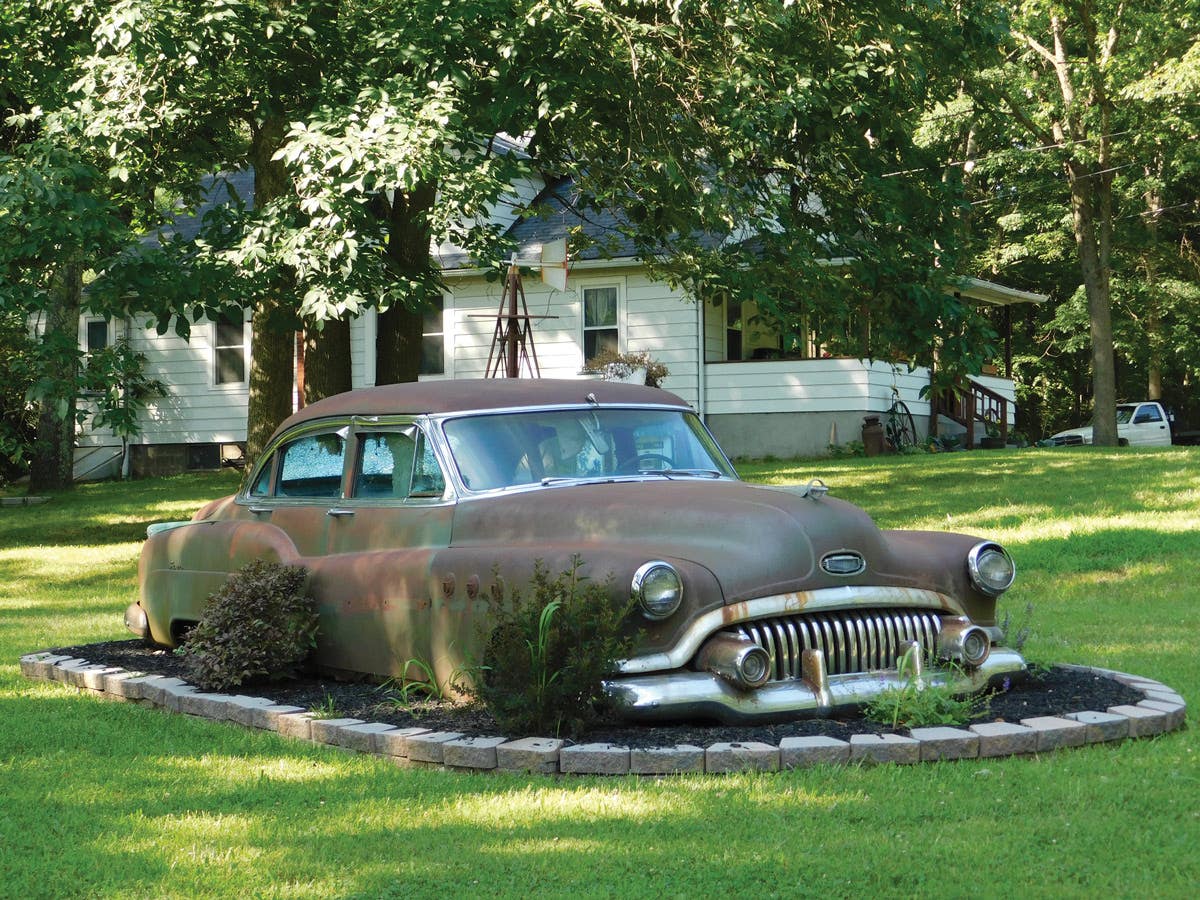Story and photos by Al Rogers
In the fall of 2006, Old Cars Weekly reader Richard Gies took ownership of a well-used — and perhaps abused — 1966 Dodge Charger. His nephew had owned the Charger for nearly 10 years with the dream of one day restoring the Mopar. As years passed and time ticked away, reality set in. One day, while sizing up the car, it hit him. “There’s only one person who could take this car and give it a new life – Uncle Richard.” He contacted his uncle and soon got to the point: “Would you come and get the Charger out of my shed and take it to your shop?”
Richard Gies’ passion for cars and the craft of restoring them began in his 20s. For the next 40 years, he perfected his skills at the local Ford dealership as an auto body technician. As new car prices started to escalate in the ’70s, he started purchasing rebuildable late-model cars, fixing them up, then using them as daily drivers. However, his first total restoration project was a 1979 Mustang Indy Pace car that he purchased in 2002. The pony car was in decent shape, and although it was not a wreck, it was still a project. In less than three years, Richard had restored it to show car level, and he still owns it.
His skill level, patience and ability to stay the course would be tested during the 1966 Dodge Charger’s restoration.
“I knew the Charger would be a challenge, but I looked at it as an adventure to see just how many of the things I’d learned and performed on automobiles in the past could find their way into the restoration.
“Besides, the unique body style of the 1966 Charger was only manufactured for two model years (1966 and 1967), and this one is the rare, one-year-only offering with the 361-cubic-inch engine,” Richard said. “I was satisfied with the 1979 Mustang Pace Car results and figured it was time to give the Charger a try.”
To give perspective to the challenge posed by the Charger, it was so rusted that the rear leaf springs touched the top of the inner quarter panels. The floor pan, trunk pan and frame rails required replacement.
The car had a history in Bay City, Mich., which is in the heart of the Midwest “rust belt,” and the harsh Michigan winters did a number on the Charger’s metal. To compound the effects of salt exposure, many automobile manufacturers used a simple process to treat sheet metal prior to the application of primer and paint in the 1960s. Years later, they started using a salt test booth within the factory to monitor the effect of salt on specific models.
The 1966 Dodge Charger came with a slew of replacement parts that Richard’s nephew had begun collecting early in his ownership. Included was a set of new OEM fenders, a used right-side quarter panel and a new left-side quarter panel. In his quest to find additional parts, Richard had earned the trust from a parts collector. The two had struck up a friendship, and without their mutual respect, the restoration of the Charger could have been delayed and the results detrimental. A used trunk lid purchase kicked things off and started the bond between the two men.
Richard put his hands on every part of the car during the restoration. He replaced the floor boards from the firewall rearward and restored the rear frame rails. A neglected cross member was repaired while the front frame rails were replaced and new side aprons were installed.
The 265-hp, 361-cid V-8 engine and TorqueFlite automatic transmission were removed and rebuilt. Everything in the engine was replaced except the crankshaft. The engine block was painted the correct Mopar blue. With safety in mind, a dual master cylinder was added with power brakes, but the Charger retains the front and rear drum brakes.
The exterior of the car was sanded, primed and painted the correct Turquoise Blue color. Most of the trim moldings were damaged, and with replacements nearly impossible to find, Richard was forced to repair each piece. The restoration process required straightening and extensive polishing. This is an art in itself for which few possess the patience and knowledge to complete.
Richard reupholstered the front and rear seats himself and installed new carpet. Using the Internet, Richard restored the instrument cluster. Metal interior parts were repainted and new carpet was installed.
Mice had taken up residence in the heather box and it had to be disassembled and restored. With the exception of the windshield, the glass is original.
The fully documented 1966 Dodge Charger exemplifies class, attention to detail and sophistication with better-than-factory fit and finish. Richard, with the help of his son Paul and his nephew, turned this Mopar into a show-stopping beauty. The restoration was completed in the fall of 2011 for the Frankenmuth, Mich., Autofest. It was an award winner at the yearly event and has gone on to earn best-in-class awards in a handful of 2012 events.
Back in the day, the car was ahead of its time. The same can be said today. One can only dream about what this body style would look like paired up with today’s technology.
____________________
If you've got an old car you love, we want to hear about it. Email us at oldcars@aimmedia.com







